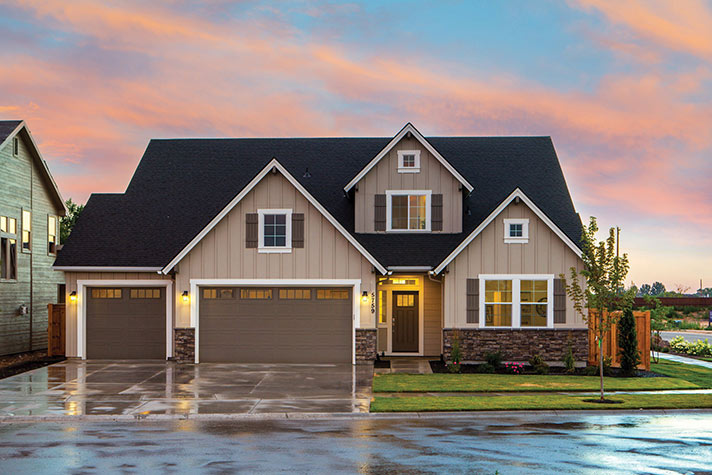On Real Estate & More – July 2020
Almost 40 million Americans have filed for unemployment since the outbreak of the COVID-19 pandemic. Stay-at-home orders ground much of the economy to a halt, prompting trillions in stimulus spending by the federal government in an effort to keep industries afloat.
But anyone hoping a silver lining to the economic uncertainty would be deals in the housing market have been disappointed; for the week ending May 9, the median listing price in the United States was up 1.4% year-over-year, according to Realtor.com. Existing home sales in April fell by almost 18%, but prices rose 7.4% compared to a year ago.
Why isn’t the tanking economy bringing home prices down with it? It’s a reasonable question given that the last economic crisis in 2008 sent the housing market tumbling.
So what’s different this time around? Pricing is a function of the relationship between supply and demand. Generally, home prices have been pushed up over the last five years by high demand created by a booming economy and a low supply of housing for sale, due in part to relatively low levels of housing construction and available land on which to build.
After the outbreak of the pandemic, housing demand fell as buyers lost their jobs, part of their income, or simply didn’t want to be shopping for a house in the middle of a pandemic and a period of great economic uncertainty.
Usually, a huge drop in demand would put downward pressure on prices; home sellers would be competing with one another to attract a limited number of buyers by dropping their price. But while housing demand dropped, housing supply also dropped as potential home sellers pulled out of the market for many of the same reasons as buyers.
There is some indication the housing market is building back up. Mortgage applications are up, and pending home sales have returned to near normal in cities less impacted by the pandemic. Sales of existing homes in urban areas of Jackson County were up nearly 3% for January through March with 512 units versus 490 for the same period in 2019. Median sales price saw an increase of 12% from $272,500 to $304,950 while days on the market dropped from 53 to 47.
As we recover and enter the next phase of re-opening, we can expect the number of transactions will most likely increase in the next couple of months as many buyers who were hesitant to jump into the market are making up for lost time. Additionally, there is an increase of people looking to move from larger cities to more rural places such as Southern Oregon.

 Sandy J. Brown lives in Jacksonville and is a real estate broker and land use planner with Windermere Van Vleet Jacksonville. She can be reached at sandyjbrown@windermere.com or 831-588-8204.
Sandy J. Brown lives in Jacksonville and is a real estate broker and land use planner with Windermere Van Vleet Jacksonville. She can be reached at sandyjbrown@windermere.com or 831-588-8204.